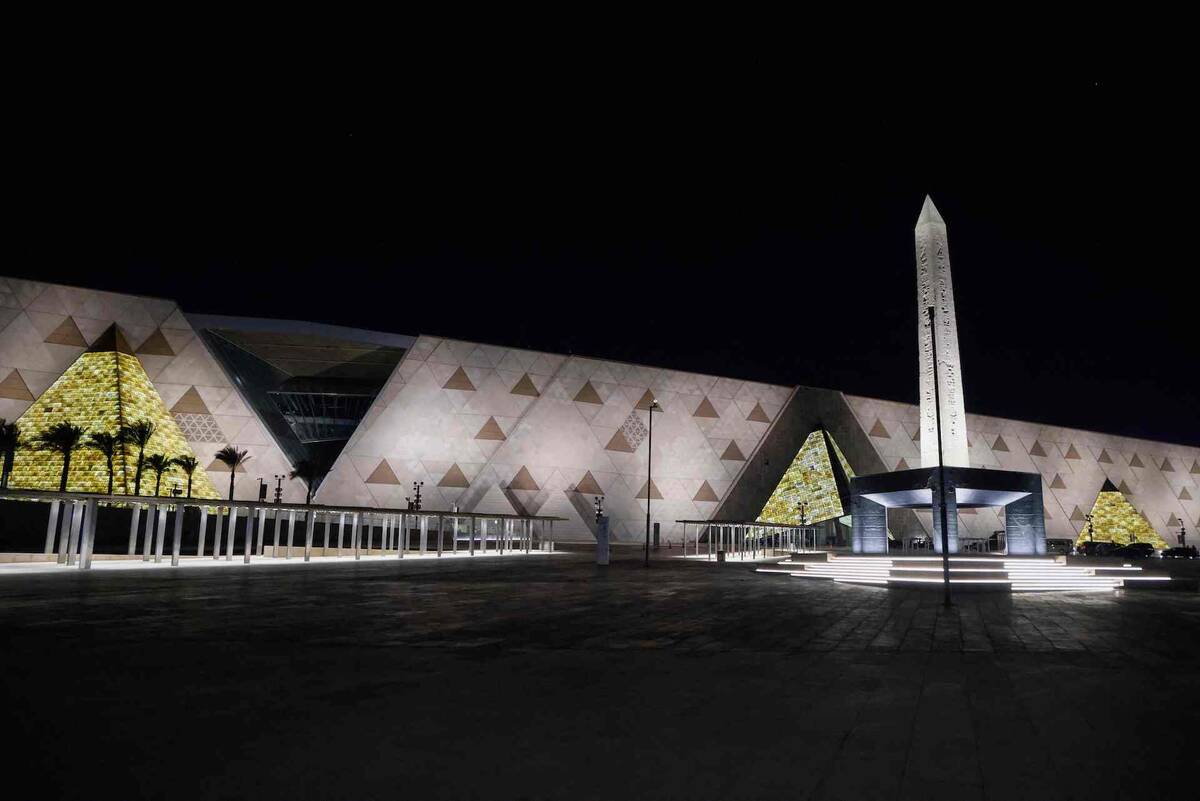LONDON: The significant increase of US military assets positioned in the Middle East points to the potential of heavy strikes on Iran-backed Houthi positions in Yemen.
The US has recently deployed highly sophisticated aircraft and a second aircraft carrier to the region.
At least five B-2 stealth bombers have been deployed to Diego Garcia, a British military base used by the US in the Indian Ocean. More are reportedly en route.
Seven C-17 aircraft have also been tracked landing on the remote atoll, suggesting transportation of equipment, personnel and supplies, and refueling aircraft have been repositioned to strategic locations.
The Pentagon recently ordered the USS Harry S. Truman carrier strike group to extend its deployment in the Red Sea by a month, and a second strike group, led by the USS Carl Vinson aircraft carrier, is heading for the Middle East.
It is an unusual surge in military assets and an indication, perhaps, that the US is planning heavy strikes on the Houthis in Yemen and possibly looking to send a strong message to Iran.
The Houthis have repeatedly attacked Red Sea shipping and Israel during the conflict in Gaza.
Those attacks stopped while the ceasefire was in force but have restarted following a resumption of Israeli military operations in Gaza.
The Houthis have vowed to strike Israel’s Ben Gurion Airport and have fired ballistic missiles toward Israel on an almost daily basis in recent weeks, triggering air raid sirens in Tel Aviv and Jerusalem.
The militia claimed to have launched drones at Israel on Tuesday night, but the Israeli military has not confirmed this.
The Trump administration has launched attacks against the Houthis to restore the freedom of shipping in the Red Sea, a crucial waterway for global commerce as it is linked to the Mediterranean Sea via the Suez Canal.
The first wave of those attacks was the subject of a major security breach when a journalist was mistakenly included in discussions between senior US government personnel on the messaging app Signal.
US Defense Secretary Pete Hegseth has promised to continue striking the Houthis for as long as it takes, and President Trump has warned Iran he might be forced to take military action against its nuclear facilities if Tehran does not agree to talks.



























